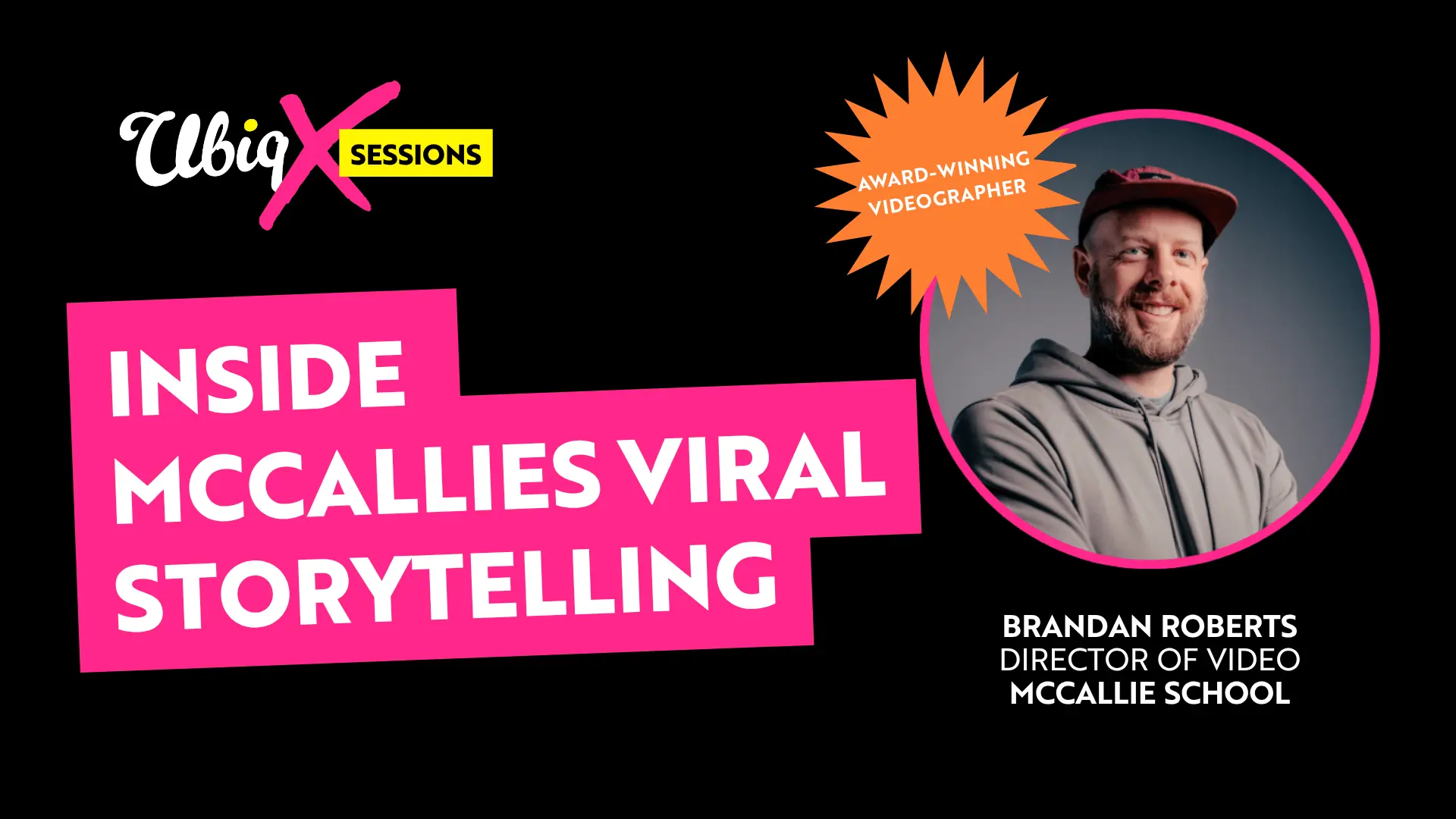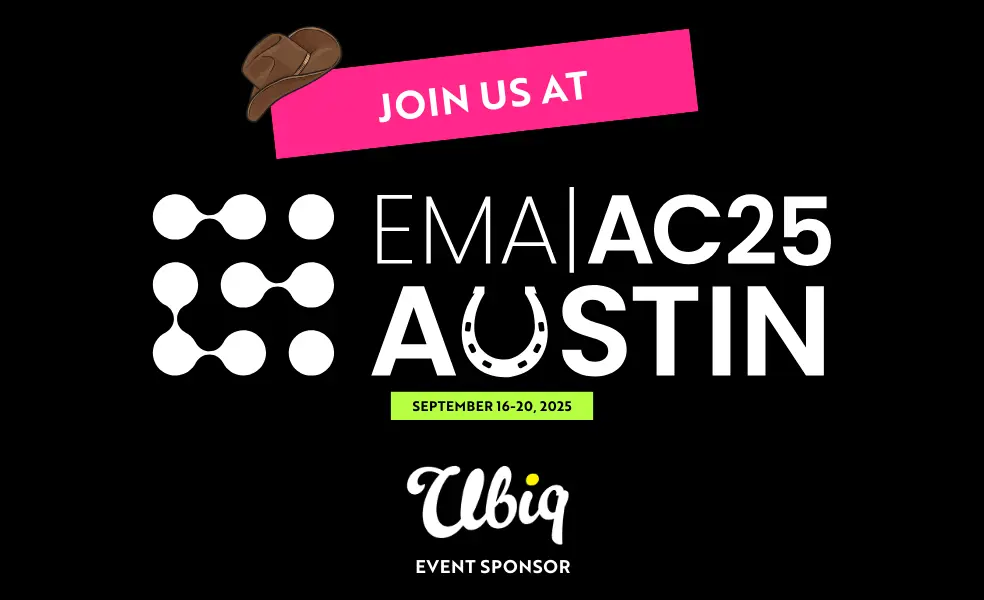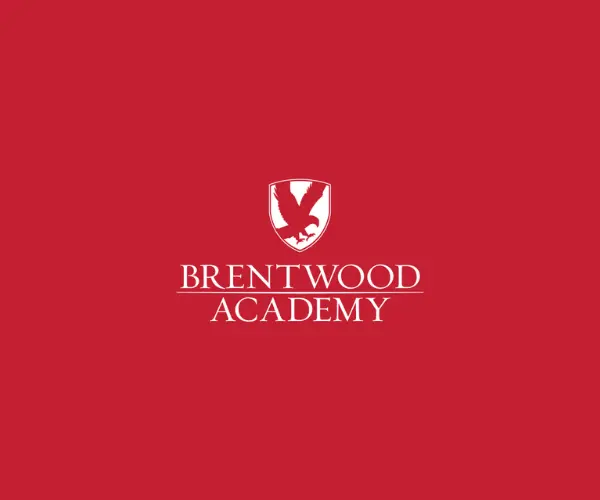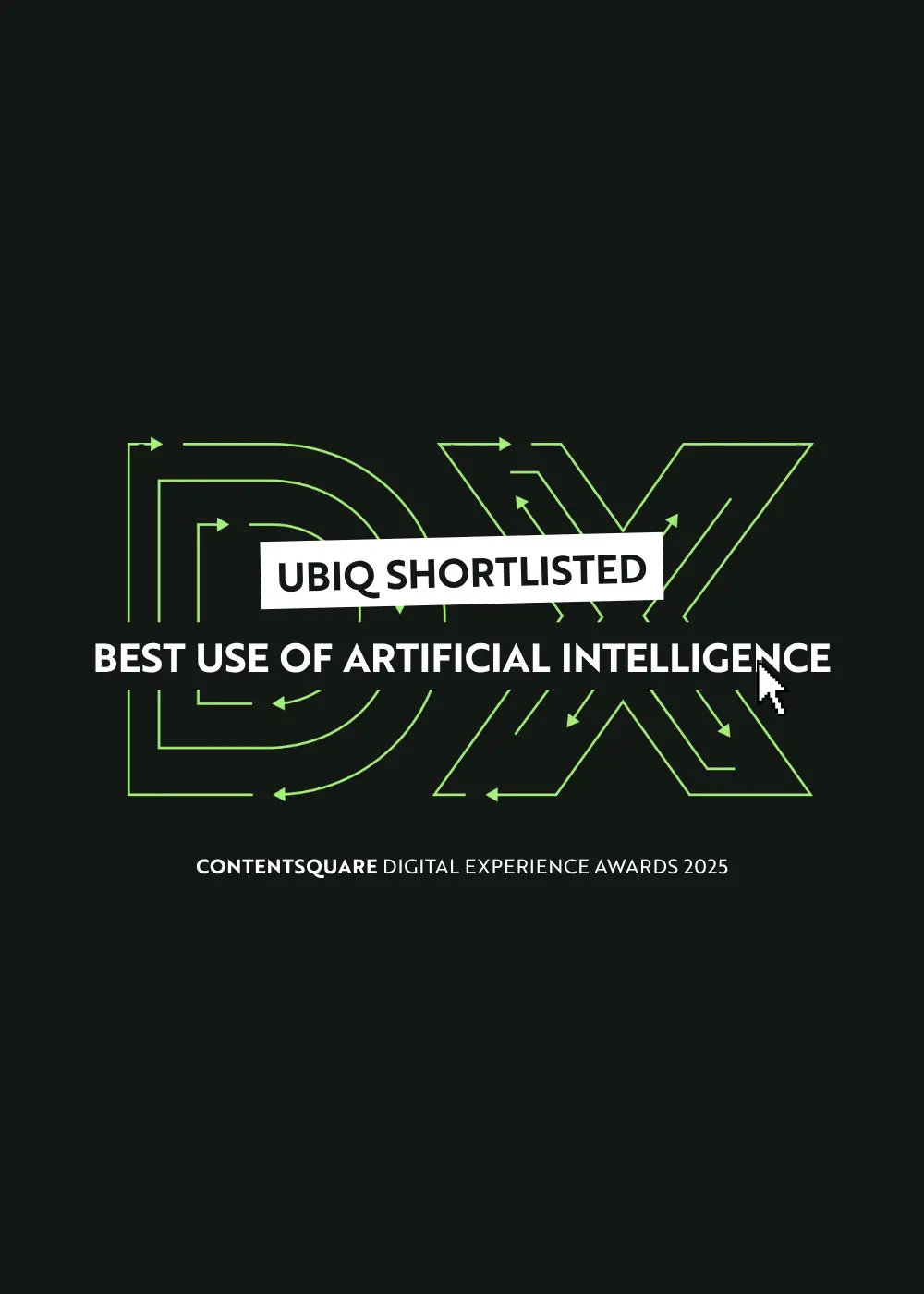"MAKE IT FOR YOUR PEOPLE FIRST"
Inside McCallie's viral storytelling with Brandan Roberts
We were joined by Brandan Roberts, the Director of Marketing at McCallie School, for Ubiq X Sessions: How to Go Viral — and left with that rare mix of creative goosebumps and practical “let’s-go-make-something” energy.
Brandan didn’t offer a formula for virality. Instead, he shared a mindset: make films for your own community first, and let everything else be a by-product.
The audience loved it, and had so many questions that we later caught up with Brandan for a follow-up interview to dig deeper into his process, his team, and the thinking behind McCallie’s most-watched videos.
Here, we’ve pulled together the highlights from both the live session and our follow-up conversation — answering the questions schools most wanted to ask.
McCallie’s work has traveled far — their “Then vs Now” video is one of the most talked-about school films of the year — but its roots are unmistakably local. Over nearly a decade, Brandan has shaped an approach that blends cultural relevance with school-specific authenticity: Attenborough-style narration in Big Blue Planet, Dude Perfect–inspired trick shots that double as a campus tour, and split-screen portraits showing that students are “more than just one thing.”
At its core, Brandan’s philosophy is about connection — make something that speaks to students, and you’ll speak to everyone else too.
-
What do you believe is the true purpose of video in schools?
For Brandan, video isn’t about selling — it’s about showcasing.
“The number one thing is showcasing your culture — exactly as it is. We’re not trying to be anything we aren’t; we’re only trying to be who we are.”
He believes video serves two purposes: to celebrate a school’s community, and to reassure current families that they made the right decision.
“When parents see their child happy, laughing, or just being themselves in an authentic way, it reinforces that they made the right choice. That’s what I love most about what we do.”
-
How do you come up with new creative ideas for your videos?
Brandan’s process starts not in the edit suite, but in everyday inspiration.
“I’m always looking — Super Bowl ads, film trailers, things trending online. I ask myself, how can I make this McCallie?”
He’s the first to admit many concepts are borrowed, but it’s the adaptation that makes them sing.
“Good artists copy, great artists steal. We take ideas that already exist and make them fit our school. Each year we do two or three direct homages — and our community loves it.”
From Big Blue Planet’s Attenborough-style narration to Blue Perfect, their take on Dude Perfect, McCallie’s content is a masterclass in cultural remixing.
“If you do something really well, people respect it — even if it’s not trendy."
Watch Big Blue Planet at McCallie
-
How early does music come into the creative process?
“Pretty much from the start,” Brandan said. “Music and script go hand in hand. I usually pick a track the same day we start writing because the rhythm sets the tone.”
For parody pieces, the soundtrack often shapes the visuals too.
“You end up living with that song for weeks,” he laughed.
-
How do you handle copyright and music licensing?
“We use royalty-free tracks from Musicbed or Artlist for most projects. For music videos, we upload to YouTube and let the platform place ads so the rights holder monetizes it. We’ve never had issues — it’s always a positive context.”
Watch Big Blue: Empire State of Mind
-
How can schools stand out when everyone is producing digital content?
For Brandan, the answer is simple: show, don’t tell.
“I see so many school videos that say the same thing: our teachers care, our students are happy, our campus is beautiful. Words don’t mean much. When you see a kid celebrating a trick shot with his friends, you feel it — you believe it.”
“If you can swap the logo at the end and it still works, it’s not really about your school. Make sure every frame could only belong to you.”
-
How do you ensure your videos resonate with the right audience?
It comes down to knowing exactly who you’re speaking to.
“We’re 100% student-focused. If students love it, parents will love it. The reverse isn’t true.”
As students increasingly influence the family’s decision:
“When a student shows their mom or dad a video and says, ‘I want to go there,’ that’s the biggest win.”
Watch Blue Perfect - Trick Shots
-
How do you build trust so students want to take part?
It’s consistency and culture.
“At first, kids are hesitant. But when they see friends showcased in a positive light, they want to be part of it. Now they come to me.”
“Relationships matter. I’ve known many of these students for years. They know if I’ve got a camera, I’m going to make them look good. That trust takes time.”
-
What’s your approach to creating high-quality content with a small team?
Despite the cinematic results, the setup is lean.
“It’s mostly just me,” Brandan said. “I have two or three dependable students who help on shoots. You don’t need a big crew — just a few people who care.”
Those students aren’t part of an official program — they find him.
“If they’re serious about video, they’ll find me. I’d rather have two great helpers than five half-interested ones.”
Beyond video, McCallie’s communications team includes a writer, a graphic designer, and a short-form content creator who focuses on social media. Brandan collaborates closely with them, but major productions — from planning to editing — stay under his direction.
“It’s still a small team,” he said. “I don’t want people to think there’s a huge crew behind these videos. It’s very possible to do great work with a handful of people who love what they do.”
Watch Dear McCallie - Letter from the Chari Family
-
What budget do you typically work with?
“We already have our cameras and lights, so the biggest expense now is props. Those sugar-glass bottles are $20 each and add up fast. But Big Blue Planet was made for almost nothing — the voiceover was about $200. It’s concept-driven, not budget-driven.”
Early gear investments have lasted:
“When I started, we spent around $10,000 on equipment, and we’ve barely added to it since. The idea matters more than the tools.”
-
How do you balance long-form “films” with short-form social content?
Brandan’s strategy is about rhythm.
“We’re moving toward a mix. We used to make around twenty big videos a year. Now it’s about eight high-end releases — and a lot more short, frequent content.”
He frames it simply:
“I call them grenades and bombs. The grenades are your weekly shorts that keep you present; the bombs are your tentpoles everyone waits for.”
Where do polished pieces fit alongside iPhone clips?
“You need both. Hit your audience weekly with short, authentic clips, and aim for one big high-production piece every couple of months. That mix keeps people engaged without burning out your team.”
Watch Be Anything
-
What does a typical shoot look like?
“I’m directing, shooting, lighting — all of it. But the real work happens before the shoot. Pre-production is where the difference is made. Your shooting day should be the easiest day. If you’re stressed on set, you didn’t plan enough.”
That preparation covers scripts, storyboards, student casting, and music selection — before the camera rolls.
-
What advice would you give to teams without a full-time videographer?
“Lean on teachers and your community for ideas, and go heavy on short-form. It’s achievable and consistent.”
“Focus on projects you can complete within a week. If it takes months, it’ll get lost among everything else. Start small, then scale. Steal the concept and shrink it down. If Big Blue Planet feels huge, make a 40-second classroom version. The idea counts.”
Watch His Point of View
-
What gear do you recommend for small teams?
“A hybrid mirrorless camera — Sony, Canon, Nikon. Something that switches between photo and video with one button. You can film in the morning and shoot stills that night.”
-
Should schools invest more in video over print or sponsorships?
“It depends on your team. The medium isn’t the difference maker — the creator is. If you’ve got someone great at video, invest there. If your designer makes stunning print work, invest in that. Talent drives impact — not format.”
-
Should schools be on TikTok?
“Absolutely. There’s no downside. That’s where students are. When we posted Then vs Now on TikTok, it hit two million views before lunch.”
“It’s like Christopher Nolan making a movie and saying, ‘I’m not going to show it in theaters,’” Brandan said. “Why would you not do that? It’s made for that audience.”
-
What balance do you keep between in-house and outsourced work?
“Everything is in-house. Occasionally we’ll hire a drone pilot, but that’s it. I like having creative control.”
And the economics matter:
“You can hire an external company and spend $125,000 on one video — or hire a videographer and get twenty for a fraction of that. For schools, that’s a no-brainer.”
Watch Why I Love McCallie
-
What’s the biggest lesson you want schools to take away?
“The concept is more important than the equipment, budget, or team size. If you have a creative idea, that will change the game.”
Final takeaway
In a world of shrinking attention and endless noise, Brandan’s message cuts through: start with the story, not the spec sheet. The best school videos aren’t about production value or viral luck — they’re about a creative idea executed with honesty and care.
His advice to every communicator, regardless of resources, is clear: show your culture, tell the truth, and think like your students.
Or, as he puts it best:
“Make it for your people first. The rest takes care of itself.”
Watch the famous My 6th Grade Self
Watch the full session
Watch the full Ubiq X Session with Brandan Roberts — and hear his creative process in his own words.
Watch now ›
 |
Meet The Author: Georgia Deery, Marketing Manager With almost a decade of experience planning and executing marketing strategies across multiple industries, Georgia manages Ubiq's demand generation and account-based marketing initiatives—helping schools around the world enhance their digital presence and engagement. She’s passionate about combining creativity and strategy, with a particular love for website design, campaign planning, and content creation. Georgia also has a knack for building and streamlining CRM systems, ensuring every part of the marketing journey is connected, efficient, and insight-driven. When she’s not planning the next big campaign or refining workflows, you’ll find Georgia exploring the Bristol countryside, enjoying a great coffee, or planning her next weekend adventure. |











